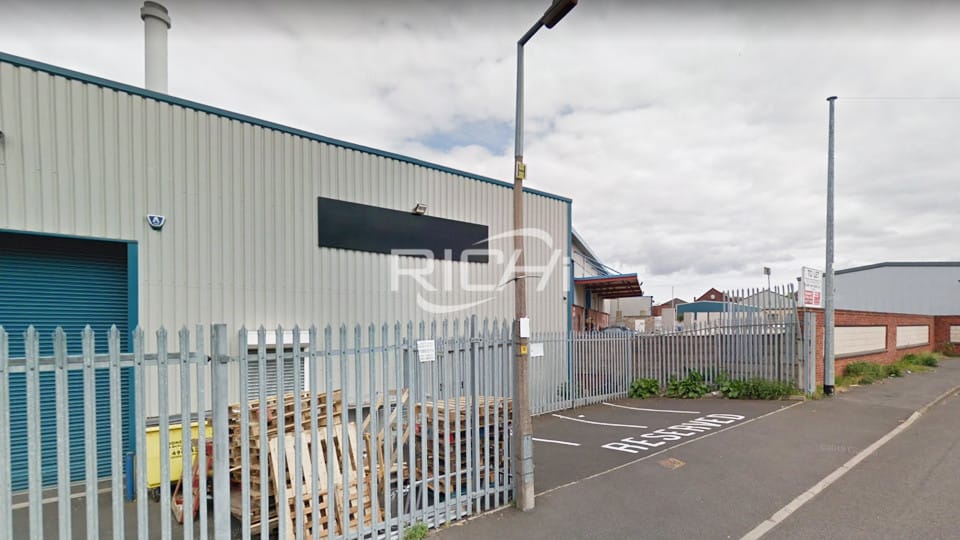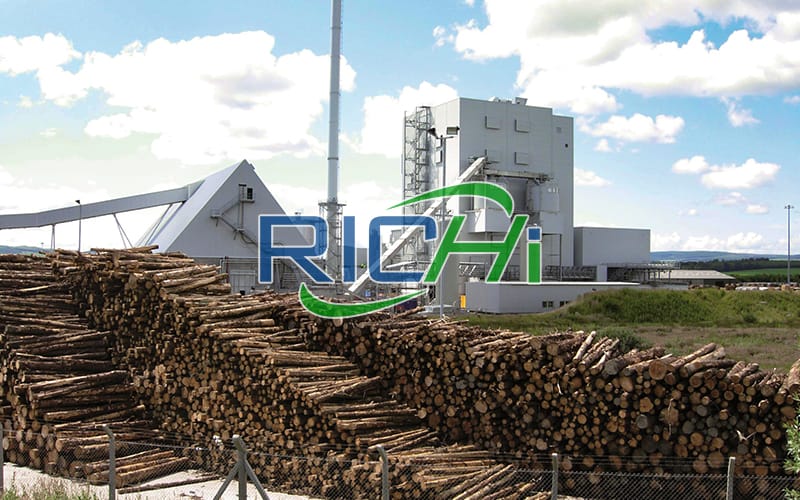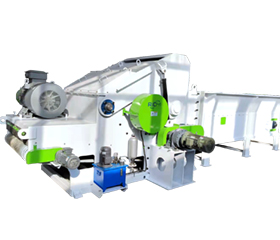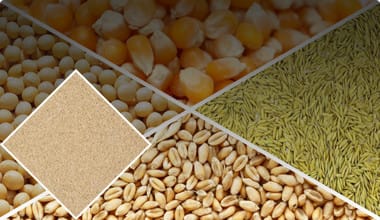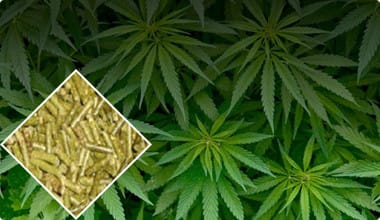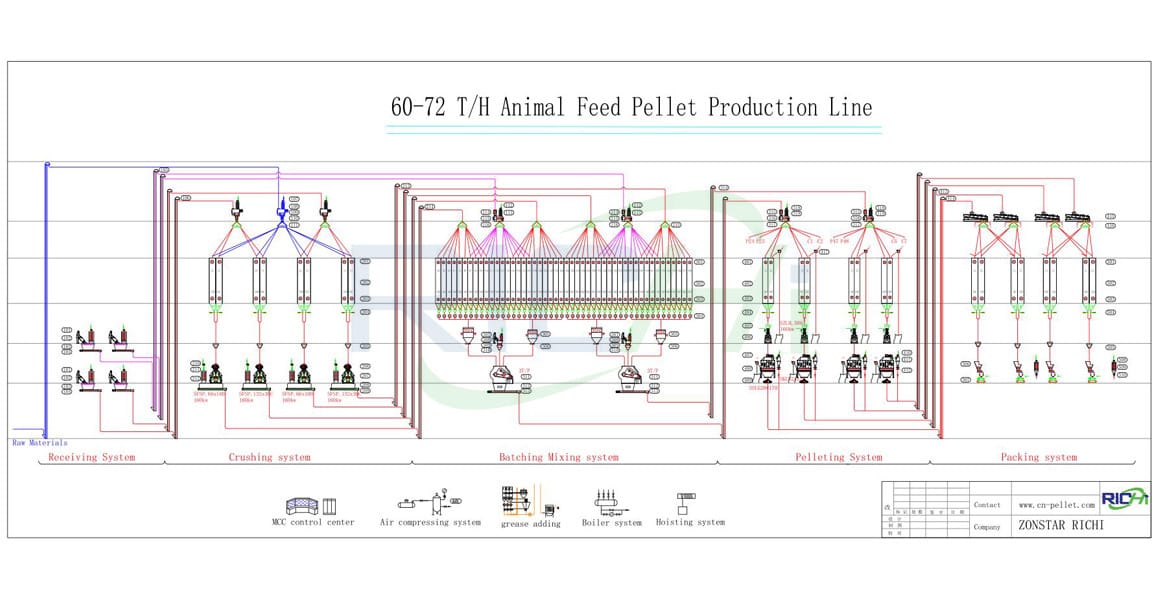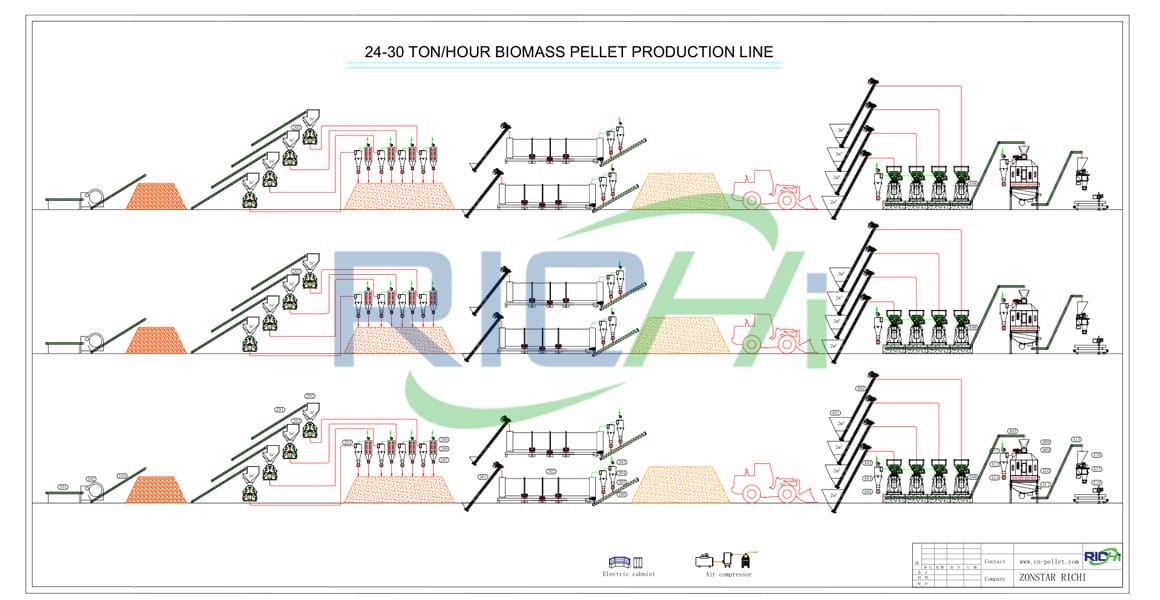Biofloc Technology For Breeding White Shrimp
In the early stage of shrimp culture, the cultivation of planktonic algae by fertilizer and water is an indispensable technical measure. This is because the traditional shrimp farming model relies on phytoplankton to purify water. The photosynthesis of phytoplankton can increase dissolved oxygen in water, and its growth and reproduction can synthesize algae organisms using nitrogenous waste. Many algae and zooplankton can directly or indirectly become bait for shrimp. However, in the middle and late stages of shrimp culture, the floating algae will often flourish, which will make the water quality regulation more difficult.
However, the large row of large changes will cause sudden changes in physical and chemical factors, causing the shrimp to have a stress reaction, resulting in a decline in immunity. At the same time, the overgrown phytoplankton in the event of adverse weather conditions such as typhoons and heavy rains may cause sudden and large-scale death of algae, commonly known as “water pouring”, which affects the stability of shrimp production.
In order to purify the water quality of the shrimp pond, biofloc technology provides another effective way. Bioflocs absorb nitrogen-containing wastes 10 to 100 times more efficiently than planktonic algae, and are more stable day and night, independent of climatic conditions, and thus more stable. While removing waste nitrogen from the water, the microbial biomass is produced, and high-protein microbial biomass can be used as an additional food source for shrimp.
Hope this article can help you know more about aquatic farming, if you want to build your own aquatic feed plant, please contact Richi Machinery!

